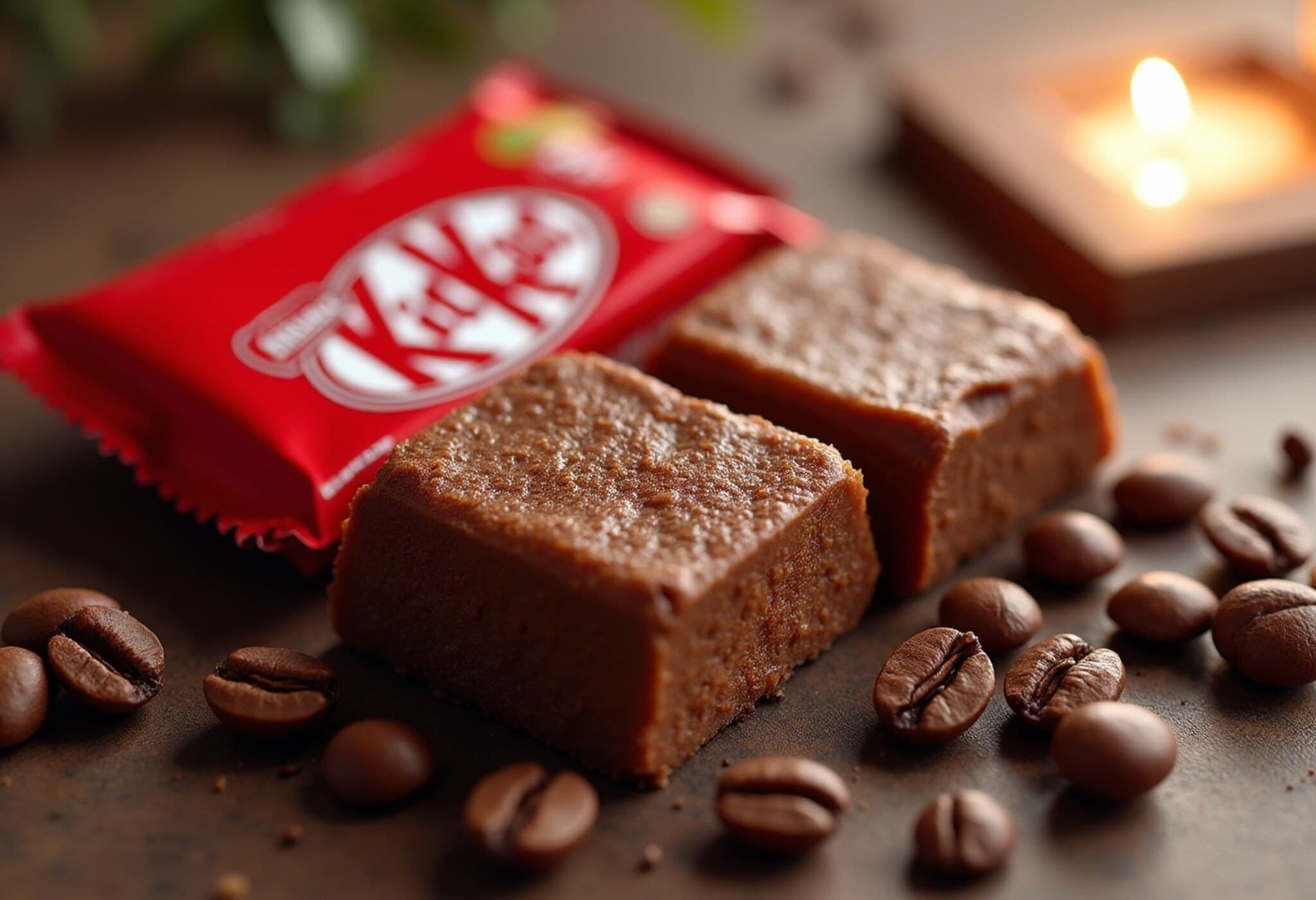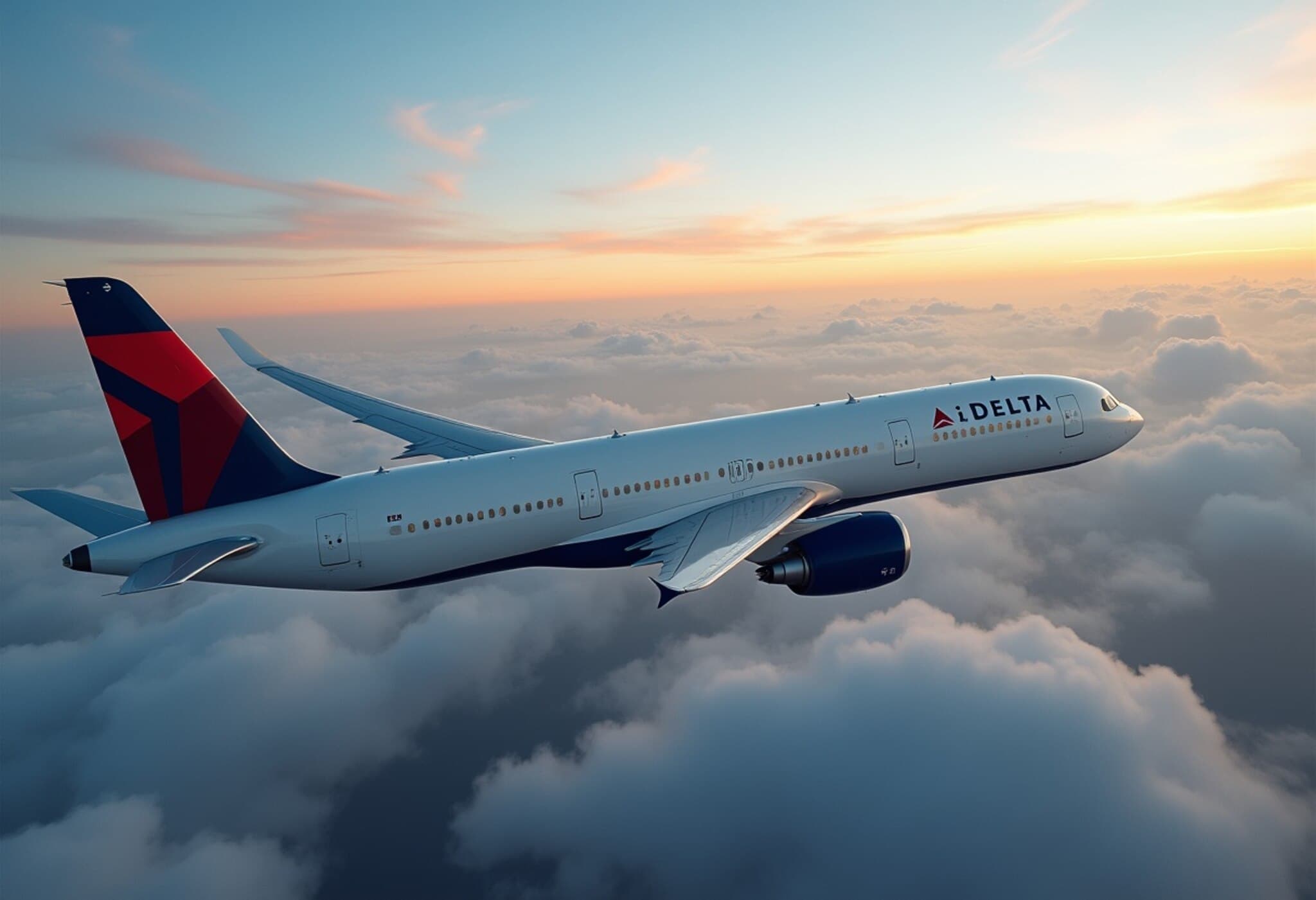Nestlé Eyes Further Price Increases as Costs Soar
Swiss food giant Nestlé has cautioned consumers and investors alike that price hikes for popular products, including KitKat bars and Nespresso coffee pods, could continue into the latter half of 2025. The warning comes as the company grapples with the mounting pressure of U.S. tariffs combined with soaring global commodity prices, particularly coffee and cocoa.
CEO Laurent Freixe Addresses Pricing Strategy
Speaking on a recent earnings call, CEO Laurent Freixe conveyed cautious optimism about the price increases implemented so far but acknowledged that more may be on the horizon. "Will we need a bit more pricing action?" Freixe said. "We might need a little bit more, but most of it is already done and will be seen reflected in the next quarters."
This candid admission underscores the ongoing challenges Nestlé faces in balancing rising input costs with consumer price sensitivity, a delicate act that affects not just Nestlé but many players in the global food industry today.
The Economic and Market Context: A Perfect Storm
Nestlé reported a 2.9% organic sales growth in the first half of 2025, slightly better than the analyst consensus of 2.8%. This growth was primarily driven by price increases of 2.7%, outpacing analysts’ expectations. However, total reported sales fell marginally by 1.8% to 44.2 billion Swiss francs ($55.7 billion), and profit margins shrank by 0.9% to 16.5%.
According to Freixe, Nestlé is navigating what he calls an "unprecedented scenario," with coffee prices more than doubling and cocoa costs tripling since early 2023. This surge is forcing the company to act swiftly on pricing to protect margins, especially as U.S. tariffs add another layer of complexity.
Chief Financial Officer Anna Manz highlighted that currency fluctuations, particularly a stronger Swiss franc, combined with tariffs and rising costs, will pressure margins further in the second half of the year. She warned that despite price hikes, input costs and foreign exchange headwinds could significantly reduce profitability during this period.
U.S. Tariffs and Global Supply Chains
Tariffs imposed by the U.S. government on imported goods remain a key threat. While early impacts were minimal, Nestlé anticipates these duties will worsen cost pressures moving forward. U.S. tariffs not only increase prices for imported inputs but can ripple through supply chains, disrupting sourcing and raising operational costs.
The combination of tariffs and volatile commodity markets exemplifies the growing risks multinational companies face in today’s geopolitical and economic landscape. For American consumers and policymakers, this raises important questions about the long-term effects of trade policies on prices at the grocery store and overall inflation.
Strategic Refocus Under New Leadership
Since taking over as CEO in September 2024, Laurent Freixe has embarked on a strategic overhaul, aiming to recalibrate Nestlé’s sprawling portfolio. Describing the approach as "fewer, bigger, better," the company is concentrating resources on six core product categories, including infant formula, Nescafé Espresso Concentrate, Maggi air fryer products, and gourmet pet food under Purina.
- Infant Formula – a growth engine in emerging markets
- Nescafé Espresso Concentrate – targeting coffee enthusiasts
- Maggi Air Fryer Range – aligning with health-conscious cooking trends
- Chocobakery – focusing on premium chocolate and bakery products
- Purina's Gourmet Cat Food – capturing premium pet food demand
- Nescafé Dolce Gusto Neo – innovating on coffee brewing technology
This portfolio sharpening appears geared toward driving sustainable growth, reducing complexity, and enhancing profitability in a competitive, cost-pressured environment.
Potential Divestments and Industry Implications
In line with this refocus, Nestlé is reviewing some underperforming vitamin brands such as Nature's Bounty and Osteo Bi-Flex, signaling they could be candidates for divestment. Such moves highlight a broader trend in the packaged food sector where companies streamline operations to prioritize innovation and core competencies amid inflationary pressures and shifting consumer preferences.
Broader Market and Consumer Impact
Nestlé’s challenges are a microcosm of the packaged goods industry struggling with a trifecta of cost inflation, tariff disruptions, and consumer demand shifts. For American consumers, this may translate to steadily rising prices not only in niche items like Nespresso pods but across everyday staples.
For policymakers, the situation underscores the contentious debate around tariffs and their unintended consequences, particularly on companies reliant on global supply chains and commodity imports.
Looking Ahead: Nestlé's Outlook and Strategic Priorities
Despite near-term margin pressures, Nestlé remains optimistic. It has maintained its full-year guidance for improved organic sales growth and an underlying trading operating profit margin above 16%. The company’s ability to navigate these challenges effectively may well hinge on how skillfully it balances pricing strategies, supply chain resilience, and strategic investments in high-growth product segments.
Editor’s Note
As Nestlé confronts rising commodities and tariffs, its journey offers a revealing window into the complexities multinational food companies face today. The balancing act between protecting margins and maintaining consumer trust is delicate but crucial. For American consumers and regulators, the unfolding story raises essential questions about the future of food pricing, trade policy impacts, and business adaptability in an increasingly unpredictable global economy. Observing how Nestlé’s strategic ‘fewer, bigger, better’ focus plays out will be a telling case study for the sector’s resilience in 2025 and beyond.



















